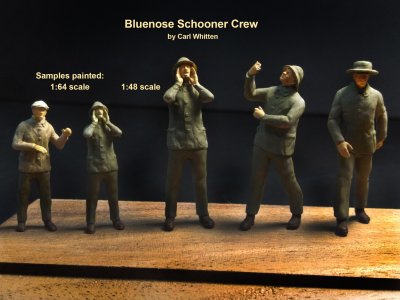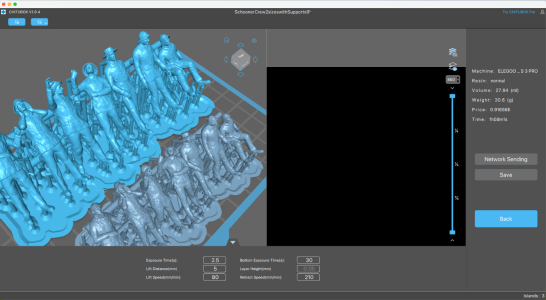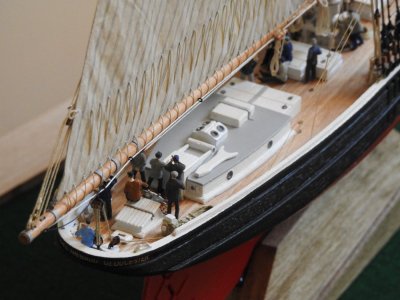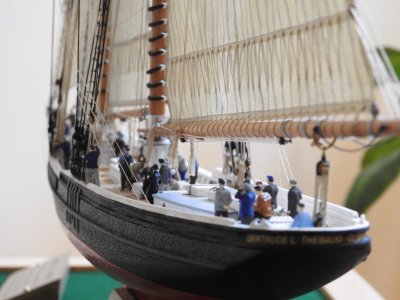Regarding other scales, it is possible in most (all?) slicers to scale models. In this specific case you would take the 1:48 model and scale it to 50%.
HOWEVER - I have mixed results printing HO scale (1:87) figures on several of my printers. If using FDM, only my Bambu A1 Mini using the profiles from Fat Dragon Games with a 0.2 mm nozzle and PLA blends used by the gaming community for miniatures gives OK results some of the time. If the planets are in the proper configuration and I have a few bonus karma points in the bank. Maybe... In this scale however the paint will be the detail, even the commercially available figures have marginal detail.
If using a resin printer, a small printer with good resolution (Phrozen Mini 8K series or the like) will do better than using a larger 10+ inch resin printer of the same resolution as the actual pixel / voxel size is smaller. Use good resin, store brand 4K stuff won't cut it for this work. ABS like 3.0 resins have been working well for me, but time will tell if better resins are available. I can print small things on the mini that I can't print on my Saturn 3 Ultra. Even so, trying to support figures in 1:87 often requires deciding which side I can tolerate support pimples on and balancing support size and contact depth to avoid failure but not make the figure deform or break when removing supports. The support size and figure parts like arms are close enough that doing the hot water to ease support removal can result in the arm tearing away rather than the support. Using hot water, a scalpel with a fresh blade, and magnification helps. Print damage still occurs, just less often and sometimes in repairable ways.
Another real issue is the in small scales often the figures have thicker than scale legs or arms, often achieved via baggy clothing. Trying to print a realistically scaled pair of bare legs in HO or smaller scale is very iffy. Makes HO beach or pool scenes a bit of a challenge sometimes.
As part of the joy of resin printers, the "K" claimed is seldom achieved as most pixels are rectangular and the larger pixel dimension controls the resolution in that axis. Anti aliasing is a mixed bag, it can make a nice smooth print or it can make a soft unfocused vaguely biped shaped blob.













